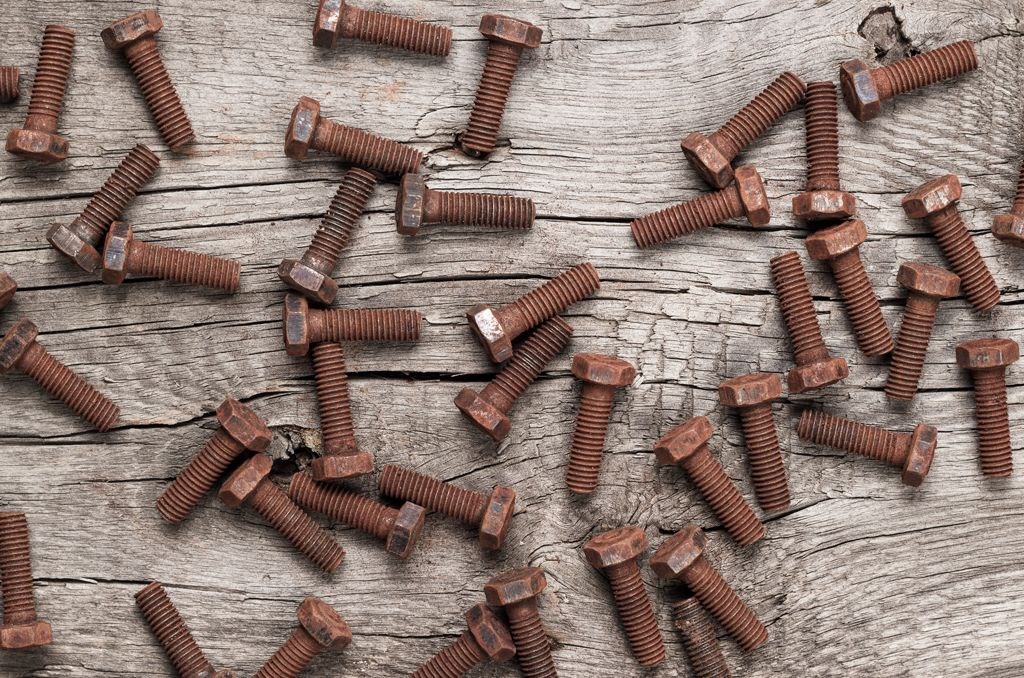How to remove rusty or seized screws?
Published date: 12 April 2023

Screws that have been in place for a long time can become rusty and seized, making them difficult to remove. It’s an annoying and often time-consuming problem – but not one that can’t be solved! In this blog post, we’ll provide some tips and tricks on the best way to remove rusty or seized screws.
Use hammer and screwdriver
One of the easiest and most effective ways to remove rusty or seized screws is by using a hammer and a screwdriver. Start by tapping the head of the screw a few times with a hammer to loosen it. Once you have broken the rust seal, fit your screwdriver into the slot in the head of the screw and twist gently in an anti-clockwise direction until it starts to move.
Keep applying gentle pressure to make sure the screwdriver doesn’t slip out of its slot while twisting. If necessary, add a drop of lubricant onto the head of the screw to help loosen it further. With some patience, you should be able to unscrew it completely without damaging either your tool or surface.
Use penetrating oil
Penetrating oil (such as Loctite LB 8713) is a type of lubricant that helps break down rust and other materials that have bonded to metal. This makes it perfect for use on rusty or seized screws. Spray or apply the oil on the screw head and let it sit for some time, usually 15 to 30 minutes. The oil will penetrate the rust and lubricate the threads of the screw. This will make it easier to remove the screw with a screwdriver. If the screw doesn’t budge, it may be necessary to repeat the application.
Heat the screw
Heating the screw can also help loosen it from its place. You can use a heat gun or a propane torch to heat the screw for a few seconds. Just make sure to wear gloves, remove any plastic or rubber components and wipe every trace of flammable chemicals first. Be careful not to heat the screw for too long, as it can damage the surrounding material. Once heated, immediately soak the screw with cold water until it cools down.
The application of heat, followed by cold water, will cause the screw to expand and then quickly contract. This should loosen the bonds between the screw and the rust or seized materials blocking it. After applying heat to the screw, use a screwdriver to try and loosen it.
Removing rusty or seized screws can be a challenging task, but it’s not impossible. The methods we’ve discussed in this guide can help you remove stubborn screws without damaging the surrounding material. Remember to be patient and take your time, as rushing can often lead to more damage. With the right tools and techniques, you can easily remove rusty or seized screws and get your project back on track.
At Conro Electronics, we’ll show you how to improve product reliability while increasing performance and lowering costs. Our team of technical support specialists will provide your company with dependable global supply, unrivalled efficiency, and superior technical support.
Feel free to contact us on 0208 953 1211 or send us an email to info@conro.com




Comments
There are currently no comments, be the first to comment.